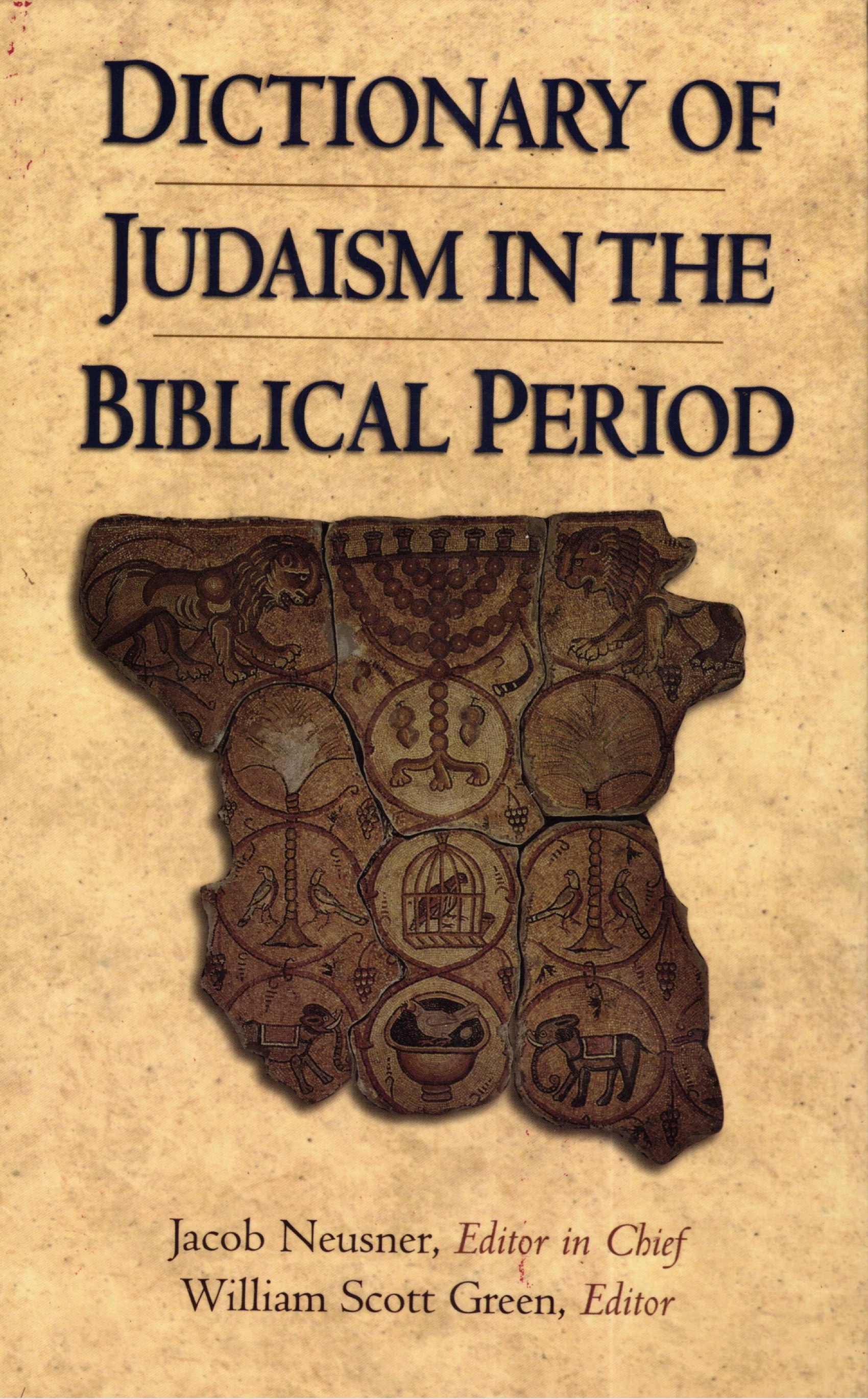DICTIONARY OF JUDAISM IN THE BIBLICAL PERIOD
Summary of Dictionary of Judaism in the Biblical Period (450 B.C.E.–600 C.E.)
The Dictionary of Judaism in the Biblical Period, edited by Jacob Neusner and William Scott Green, is a comprehensive reference work covering Jewish history, religious practices, theological terms, people, and places from the final formation of the Pentateuch to the closing of the Babylonian Talmud.
1. Purpose and Scope
• Defines key Jewish concepts, traditions, and historical events during the biblical period.
• Covers writings from the Hebrew Bible, Second Temple literature, the Dead Sea Scrolls, the Mishnah, and the Talmud.
• Includes over 3,300 entries contributed by seventy international scholars, offering historical, literary, religious, and archaeological insights.
2. Key Features
• Jewish Religious Practices: Details prayer, temple rituals, festivals, dietary laws, and purity laws.
• Theological Terms & Beliefs: Discusses monotheism, Torah, covenant, messianism, and Jewish ethics.
• Significant Texts: Explains the Pentateuch, Talmud, Midrash, Mishnah, and apocryphal works.
• Historical Figures: Profiles Philo, Josephus, the Maccabees, and rabbinic sages like Hillel and Shammai.
• Jewish-Christian Relations: Covers early Christianity’s development within Judaism and Jewish interactions with Greco-Roman society.
• Geographical & Archaeological Insights: Provides information on Jerusalem, Qumran, Babylon, and Roman-era Jewish communities.
3. Major Themes
• Formation of Jewish Canon: The Pentateuch, Hebrew Bible, and rabbinic literature.
• Temple and Synagogue Worship: How Jewish worship evolved before and after the Temple’s destruction in 70 C.E.
• Hellenistic & Roman Influence: Jewish life under foreign rule and cultural interactions.
• Rabbinic Judaism: The rise of the oral Torah, legal traditions, and ethical teachings.
• Jewish Sects: Pharisees, Sadducees, Essenes, and early Christian groups.
4. Research and Academic Value
• Provides a lexical reference to enhance the study of biblical and post-biblical Judaism.
• Includes cross-referenced entries for better understanding of terms and historical connections.
• Ideal for scholars, students, and researchers in biblical studies, Jewish history, and comparative religion.
Conclusion
The Dictionary of Judaism in the Biblical Period is an authoritative and invaluable resource for understanding the religious, cultural, and historical developments of Judaism from the Second Temple period through early rabbinic tradition.
